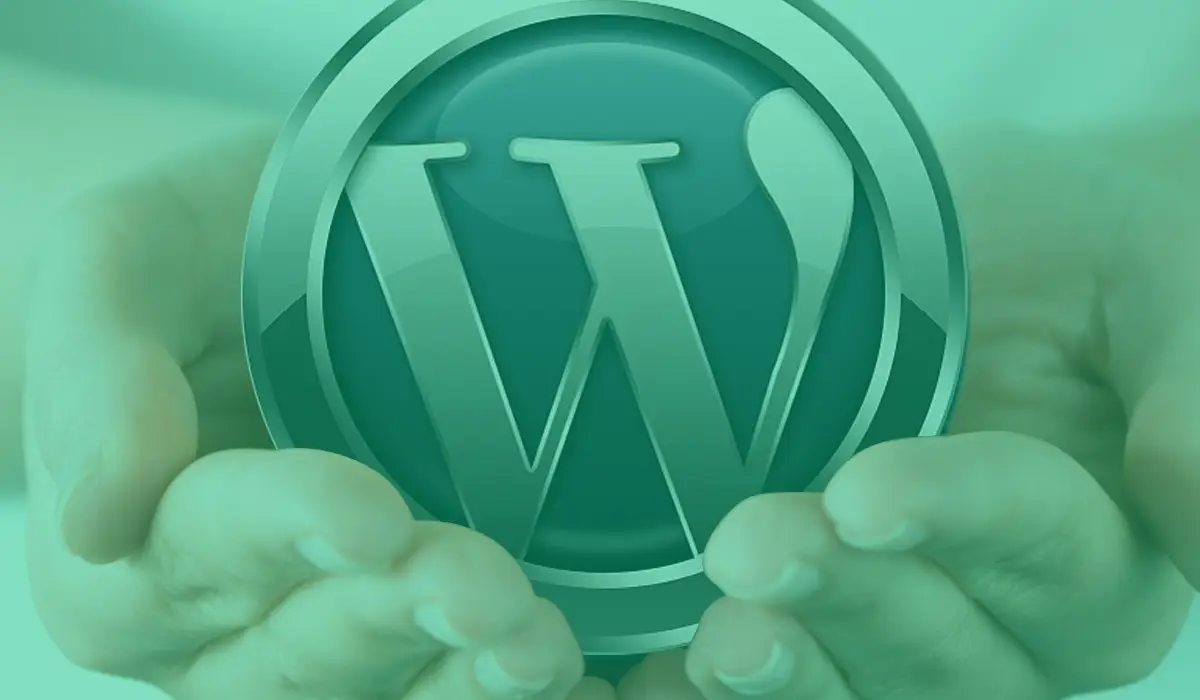Let’s walk through the basics of WordPress website design in simple steps. Creating a website might sound complicated, but with WordPress, it’s much easier than you might think. Imagine you want to build a fun and interactive blog or maybe a cool site to share your hobbies. WordPress can help you do that without needing to be a tech expert.
What is WordPress?
WordPress is a tool that helps you create websites. Think of it as a magical notebook where you can draw, write, and organize your ideas online. It’s one of the most popular platforms because it’s free and easy to use. Many people around the world use WordPress to create their blogs, business websites, and even online stores.
Getting Started with WordPress Website Design
- Choose a Domain Name and Hosting
- Domain Name: This is your website’s address on the internet. For example, if your website is about pets, your domain name might be something like “mypetblog.com”.
- Hosting: This is where your website lives on the internet. It’s like renting space for your website. Companies like Bluehost, SiteGround, or HostGator can help you with hosting.
- Install WordPress
- Once you have your domain and hosting, you need to install WordPress. Many hosting services offer a one-click installation process. This makes it super easy to set up your website in minutes.
Choosing a Theme in WordPress Website Design
A theme is like a costume for your website. It changes how your site looks and feels. WordPress offers thousands of free and paid themes. You can pick a theme that suits your style. For example, if you’re making a blog about cooking, you might choose a theme that looks like a recipe book.
To choose a theme:
- Go to the WordPress dashboard.
- Click on “Appearance” and then “Themes”.
- You can browse and preview different themes before activating the one you like.
Adding Content
Content is the heart of your website. It includes all the text, images, videos, and other information you want to share. Let’s break it down:
- Pages vs. Posts
- Pages: These are static and don’t change often. Examples are “About Us” or “Contact”.
- Posts: These are dynamic and updated regularly. They’re great for blogs, news, or updates.
- Creating a Page
- Go to your WordPress dashboard.
- Click on “Pages” and then “Add New”.
- Give your page a title, add your content, and hit “Publish”.
- Creating a Post
- Go to your WordPress dashboard.
- Click on “Posts” and then “Add New”.
- Write your post, add images or videos if you like, and hit “Publish”.
Customizing Your Website
- Menus
- Menus help visitors navigate your site. You can create menus for different sections like Home, Blog, Contact, etc.
- Go to “Appearance” and then “Menus”.
- Add the pages you want to include in your menu and arrange them as you like.
- Widgets
- Widgets are small blocks that add features to your site, like a search bar, recent posts, or social media links.
- Go to “Appearance” and then “Widgets”.
- Drag and drop widgets into the areas you want them to appear, like the sidebar or footer.
Plugins: Adding Extra Features
Plugins are like apps for your WordPress site. They add extra features and functions. For example, if you want to create an online store, you can use a plugin like WooCommerce.
To install a plugin:
- Go to your WordPress dashboard.
- Click on “Plugins” and then “Add New”.
- Search for the plugin you need, install it, and then activate it.
Some popular plugins include:
- Yoast SEO: Helps improve your site’s visibility on search engines.
- Contact Form 7: Allows you to add contact forms to your site.
- Akismet: Protects your site from spam comments.
Keeping Your Website Safe
- Regular Updates
- Always keep WordPress, themes, and plugins updated. This helps protect your site from security threats.
- Backups
- Regularly back up your website to avoid losing your content. Plugins like UpdraftPlus can automate backups for you.
- Security Plugins
- Use security plugins like Wordfence or Sucuri to add an extra layer of protection.
Tips for a Great WordPress Website
- Keep it Simple
- A clean and simple design makes it easier for visitors to navigate your site.
- Use High-Quality Images
- Good images make your site look professional. Make sure they are relevant and of high quality.
- Write Clear and Engaging Content
- Write in a way that’s easy to understand. Use short paragraphs, bullet points, and headings to make your content readable.
- Optimize for Mobile
- Make sure your website looks good on smartphones and tablets. Many WordPress themes are already mobile-friendly, but it’s always good to check.
Designing a WordPress website can be fun and rewarding. With the right tools and a bit of creativity, you can build a site that looks great and shares your ideas with the world. Remember to keep your site updated, use good content, and make it easy for visitors to find what they need. Happy designing!

